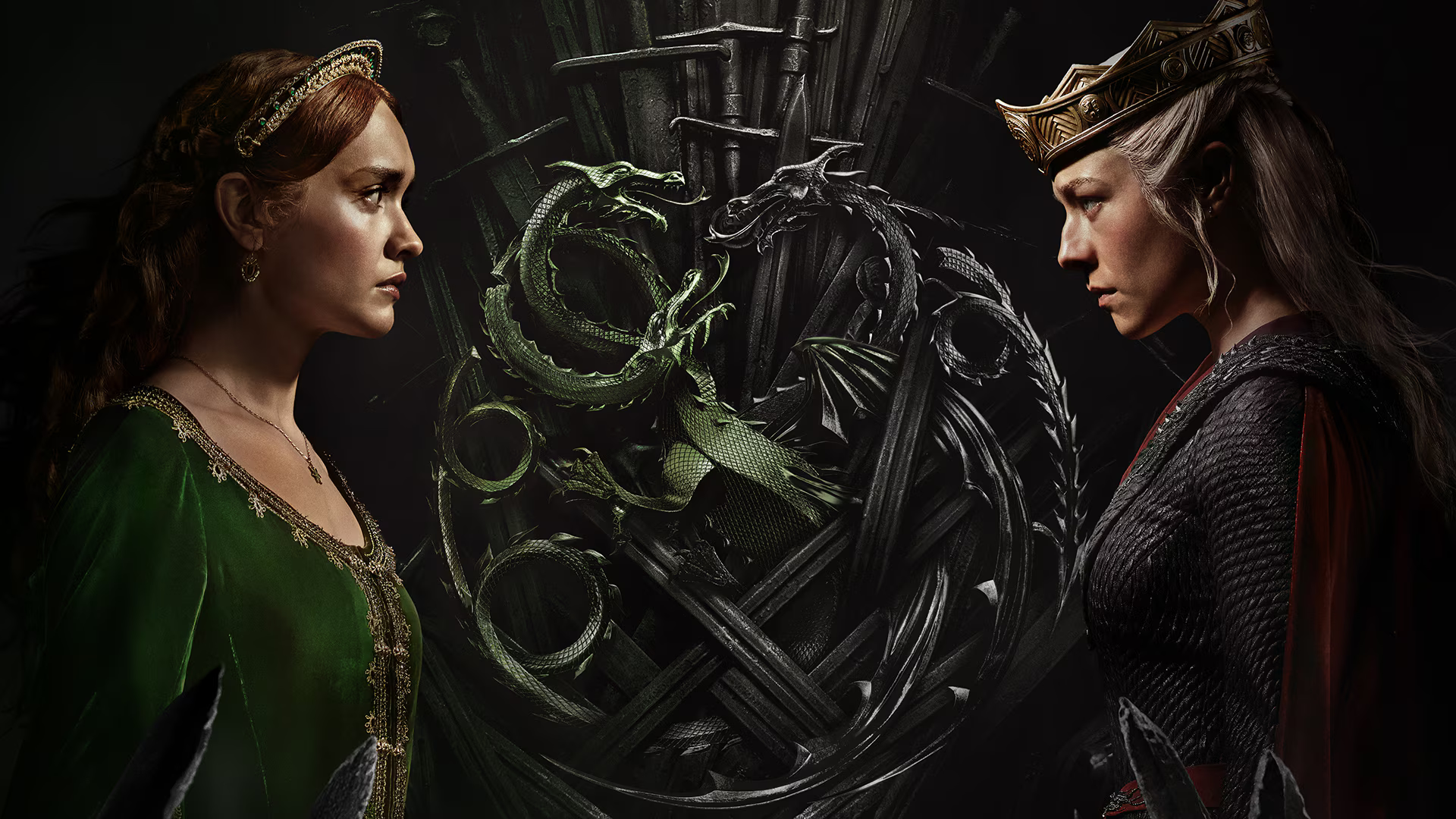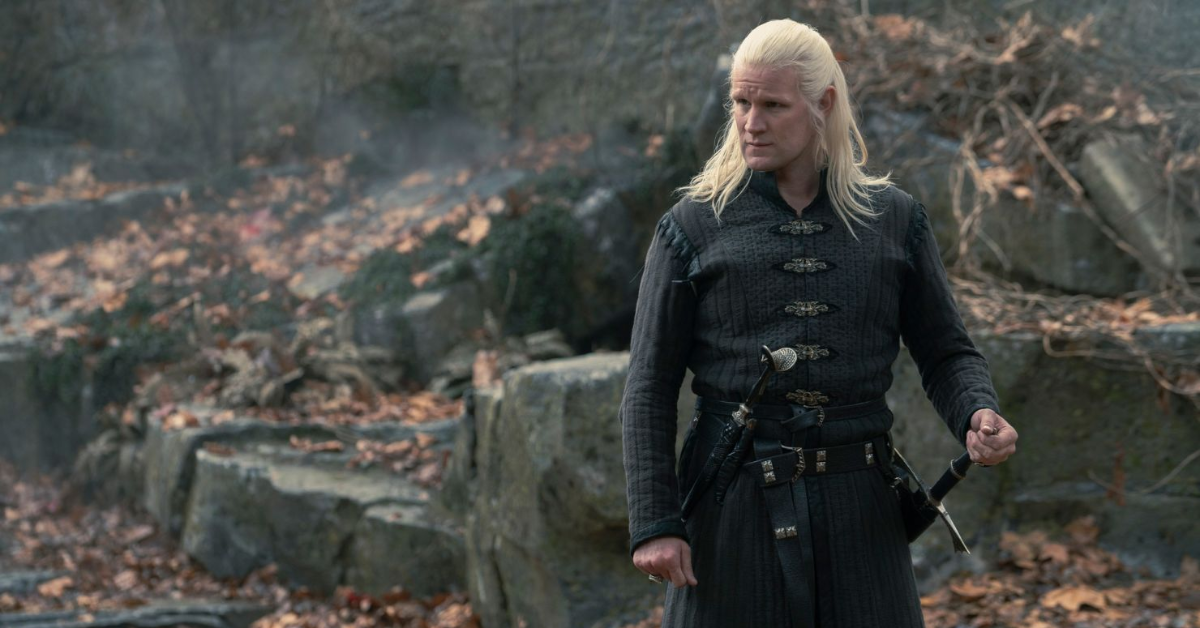
High Tension is an Alexandre Aja-directed French slasher-horror-thriller. It centers on Marie, a young woman who is spending the weekend with her best friend Alex and Alex’s family at their remote (read: even the farm mice can’t hear you get brutally murdered) country home. But all hell breaks loose when a maniac breaks in, slaughters the family, and kidnaps Alex in his ancient creepy AF Euro-truck. Marie, ever the hero, decides to stalk the maniac to save her best friend.
Alright, kids, this film was not my cup of tea. So High Tension is, as the kids say, FUCKING TENSE. Like, put some money aside for the deep tissue massage you will need immediately after this film. Critically speaking, that is where my good impressions of this film end. It set out to be an intense film; it succeeded. In a lot of ways, this movie was trying to do too much. I found myself constantly reminded of other films, and then realizing I would actually rather be watching those other films instead. It’s a thriller with a barefoot outsider hero that’s not as fun as Die Hard. It’s a home-invasion thriller that isn’t as smart as You’re Next. It’s revenge porn that is infinitely harder to watch than Death Proof. And finally…
AVAST! READER BEWARE, FER HERE BE SPOILERRRRRRS.

It’s a film with an identity twist that isn’t nearly as well-executed as Fight Club.
This movie, on its face, should be a feminist’s dream. It’s a horror movie that focuses on the friendship of two (TWO!) women, who both survive the movie. When one of those women is put in unimaginable danger, the other will stop at nothing to save her friend. I was actually recommended this film by two separate people, specifically because I told them I would be writing about feminism in horror. And I wanted to like it. I really did. But in a way I can’t quite put my finger on, this movie really rubbed me the wrong way. First, it’s hella problematic in its representation of a queer woman and homosexuality in general. Some of the stylistic choices were cool (there’s some neat symmetry in the intro and finale of the film; the sound design and cinematography are phenomenal at setting tones) but ultimately not enough to redeem the film’s unoriginality and, for lack of a better word, ickiness.
This film, like many horror films before it, is sex-weird. You see this a lot in torture porn, the conflation of horrific gore with sexual situations. The very first glimpse we get of le sueur (‘The Killer’) he’s fellating himself with what turns out to be the severed head of a woman, which he then tosses unceremoniously out of the aforementioned Terror Mobile. Cool. Quite early on in the film, it is not-so-subtly implied that Marie’s feelings for Alex might a bit more than friendly. That’s fine. What’s less fine is that every time Alex hints at her sexual history (she likes going home with boys who have girlfriends because she is “skeptical of single guys”) Marie outright calls her a slut. Marie catches Alex through a window while showering and shamelessly stares, and it feels like the audience is encouraged to do the same. There’s an unrealistic female masturbation scene (who does that in a friend’s parents’ house, with their jeans and shoes on, while people are still awake, WHILE WEARING HEADPHONES!?) that kind of feels like it serves no purpose except to remind the audience that Marie is totes gayballs for Alex. After The Killer kills a few people and ties Alex up, there is a scene where Marie is frantically attempting to find a phone jack and the audience is treated to the gut-wrenching sounds of what is clearly an uber-violent sexual assault. Have I driven this one home yet? This movie is hard to watch.
 So we’ve talked around it a bit by now. The killer twist (boo, hiss) is that Marie, our ass-kicking and
So we’ve talked around it a bit by now. The killer twist (boo, hiss) is that Marie, our ass-kicking and
unbelievably quiet-footed hero, and the gore-happy psychopath are one and the same. Massacred the whole family just so she and Alex could finally be together. Oh, man. Taking from the Fight Club School of Psychiatric Ailments, Marie perceives the Killer as a separate entity so that, in her own mind, she can remain the hero. This is foreshadowed a ton throughout the film and I’m honestly upset with myself that I didn’t see it coming. It isn’t merely the sloppy execution of the Shyamalan twist that bothers me, though. It’s that the film implies Marie’s condition is a direct result of her love for Alex. This isn’t a new concept. Just look at Silence of the Lambs’ Buffalo Bill or Parker Crane from Insidious 2. The unfortunate reality is that queerness is often associated with perversion in horror, The Most Conservative Genre. Virgins get to live. Sluts are killed first and/or most brutally. Those who don’t adhere to social norms in gender expression and sexuality are villains.
This film is a good example of why the Bechdel Test is nowhere near the be-all end-all of feminist representation in film. This is a horror film that doesn’t just have women, it’s about women. I was still one billion percent on-board with the probably ill-fated lesbian romance (at the best point in their relationship Alex still views Marie completely platonically). That’s okay. Romantic love is as good a reason to stick your neck out and become a knight in shining armor as any. I genuinely would have sat through this movie, nay, SUNG ITS PRAISES, and even forgiven all its retreaded ground if it weren’t for this stupid twist. I would have totally watched a movie about a girl hunting down a madman to save her best friend/romantic interest, only to find her love unrequited in the end. That could have been cool. But instead we have this problematic, slut-shaming, queerphobic pile of tropes to sift through, ultimately devoid of any positive message.
Some may be of the school of thought that any minority representation is good representation because minorities are lucky to get representation at all. Mindsets like this, however, contribute to oppression and further misrepresentation. Films like this and Tarantino’s Kill Bill I & II are chalk full of women and violence that still manage to avoid blatant sexism. (Whether or not you think Tarantino is a misogynist is another discussion for another day, and the Kill Bills obviously have problems of their own. Oh, speaking of Tarantino, this film has a lot of weird barefoot shots I forgot to mention earlier. So… There’s that.) This film built my hopes way up, then burned them all the gosh darned way to the ground, and left me needing a shower, preferably in a bathroom with no windows.

- The Frightful Femme – High Tension – 3/103/10
Lady Rating
On the one hand, this is a film about women. Two of the three main characters are women. Well, technically two of the two main characters are women, The Killer merely being a facet of Marie in the end. On the other, however, the fact that violence against a woman is perpetrated by another woman rather than a man is not enough to excuse the violence. I was simultaneously tempted to give this film a higher rating and also a literally negative rating because of its terrible portrayal of a queer female character.
Kirsten writes like she’s seen one too many Joss Whedon productions… Probably because she has.




Leave a Reply